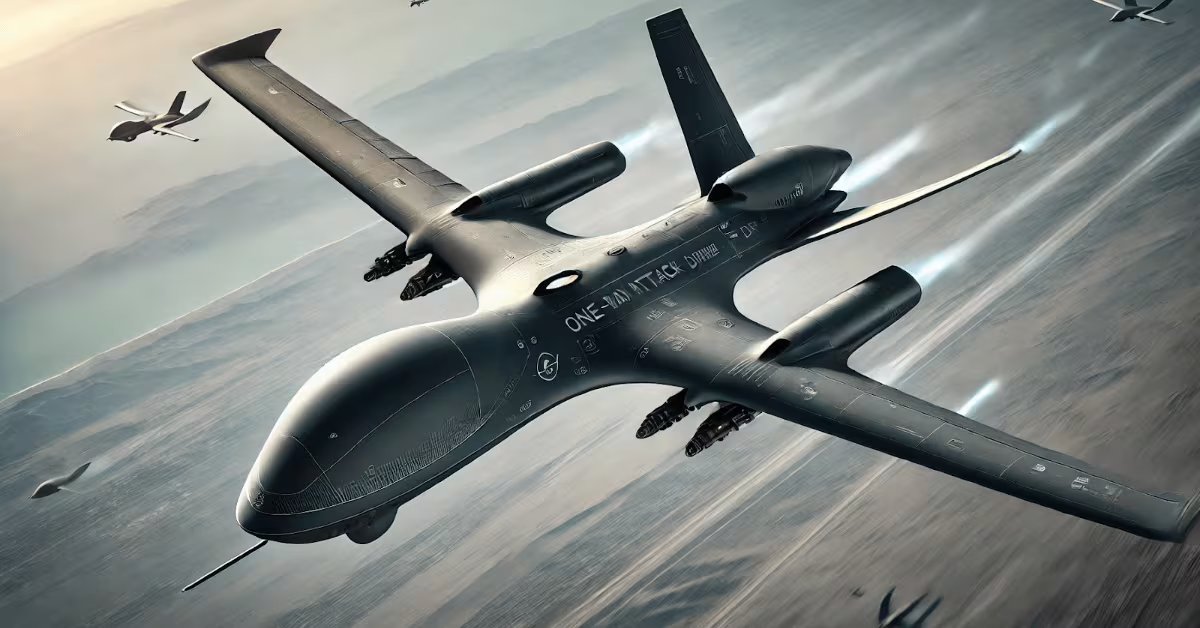Image 0 of 12
DUBAI, United Arab Emirates — The first Dubai Airshow since the coronavirus pandemic began has concluded. The event, which ran Nov. 14-18, was dominated by unmanned systems, particularly combat drones.
Russian company Kronshtadt presented its Orion drone with available armaments. The Emirate defense conglomerate Edge Group unveiled its QX-5 drone for intelligence, surveillance and reconnaissance missions, as well as the QX-6 cargo drone and the Reach-S drone for recon and transportation. And Saudi Arabia’s Advanced Electronics Company showcased the Bariq, a vertical-takeoff-and-landing UAV with swarm capabilities and ISR technology.
American firms Kaman Corporation and Fortem Technologies presented, respectively, a prototype of the logistics UAV Kargo and a drone meant to perform counter-UAV missions.
And the International Golden Group, based in the United Arab Emirates, hosted ISR drones developed at the China-Emirates Science and Technology Innovation Laboratory.
While the show is dedicated to both commercial and defense aircraft, this year’s edition seemed to lean heavily toward the former. Still, Defense News noticed a significant number of light-attack aircraft at the show: the UAE-based Calidus showcased the B-350 with full weaponry and the B-250 experimental aircraft; Embraer had its A-29 Super Tucano; and Textron brought the Beechcraft AT-6 Wolverine.
In a glitzy presentation featuring laser lights, Rostec showcased its Su-57 Checkmate, which the Russian company categorizes as a fifth-generation fighter jet. This was the first time the aircraft was on display outside of Russia.
For China’s part, it made a solid showing but with no major announcements. Notably, it brought along the L-15 supersonic trainer and its available weaponry. The state-owned defense firm China National Aero-Technology Import and Export Corporation — better known as CATIC — displayed a range of anti-aircraft missiles, munitions and fighter jets.
More than 100 American companies had exhibits at the air show, including defense giants Lockheed Martin and Raytheon Technologies, although they also did not make any major announcements. At the 2019 Dubai Airshow, the U.S. had an F-22 Raptor on static display. This year, it brought a prototype of the F-35 Joint Strike Fighter.
“I think that the issue is that this is the first air show in two years coming after COVID, so everyone is kind of ramping up at different schedules. What we see here is a big U.S. commitment in terms of the companies and not just military platforms, but the U.S. military leadership that’s been here,” Eric Fanning, head of the Aerospace Industries Association, told Defense News.
Meanwhile, Brazil’s President Jair Bolsonaro roamed the tarmac outside the booth of Brazilian aerospace company Embraer, inspecting the interior of a hulking C-390 Millennium transport aircraft, smiling and waving to crowds of reporters.
French Armed Forces Minister Florence Parly surveyed the range of helicopters and maritime patrol aircraft at the Airbus pavilion, surrounded by French airmen in uniform.
Israel had a pavilion for the first time at the air show, as a direct application of the Abraham Accords. The state-owned Israel Aerospace Industries company showed off a range of manned and unmanned naval and aerial drones.
Israel’s Rafael Advanced Defense Systems displayed its Drone Dome, which detects and destroys drones with lasers. Emirati defense officials were seen asking about the range and weight of the anti-drone system at the Israeli pavilion. In all, six Israeli companies took part in the event.
Aya Batrawy and Isabel Debre with The Associated Press contributed to this report.
Agnes Helou was a Middle East correspondent for Defense News. Her interests include missile defense, cybersecurity, the interoperability of weapons systems and strategic issues in the Middle East and Gulf region.



















